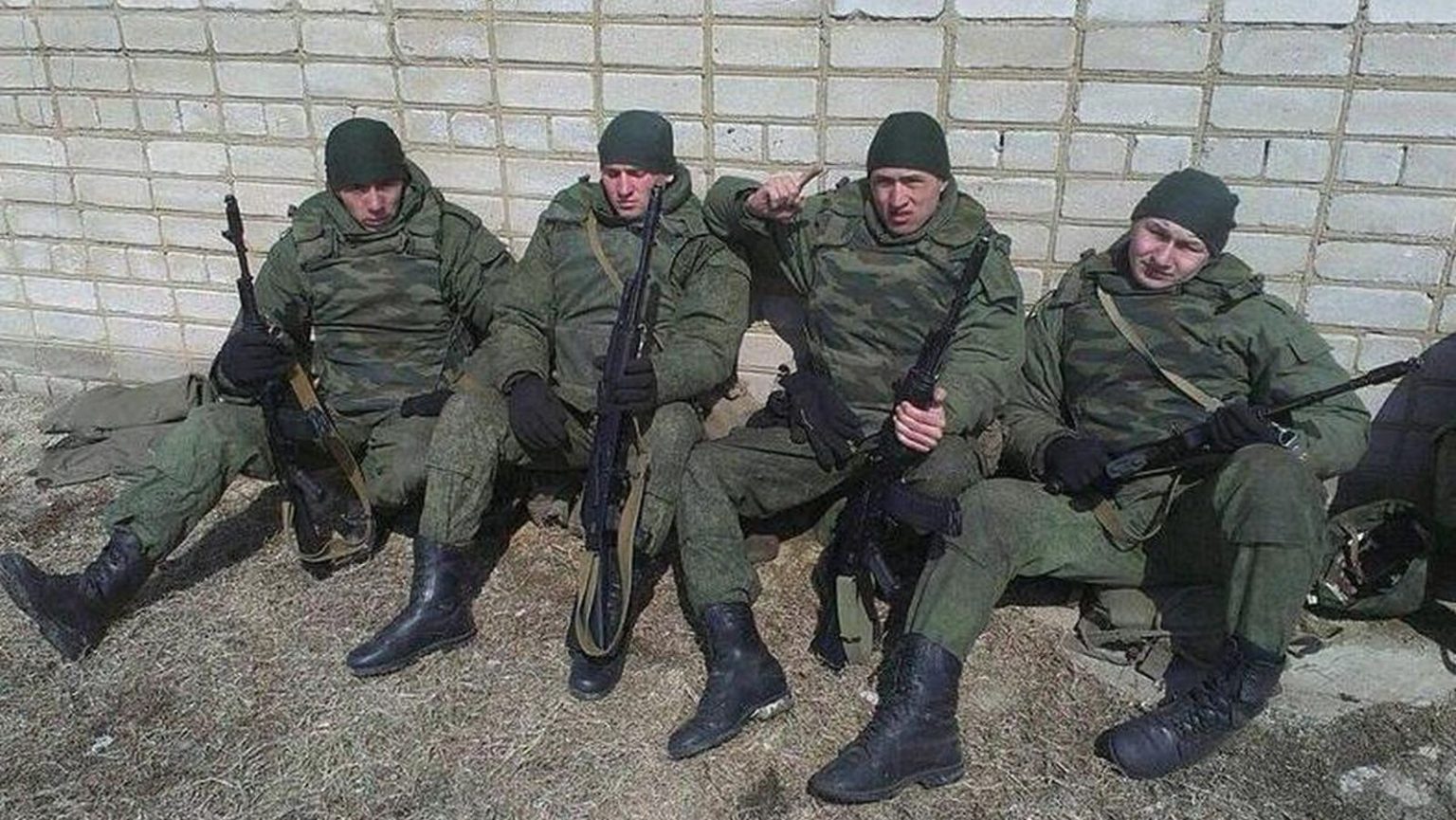Russia’s Victory Day offensive across Ukraine’s northern border with Russia may have aimed to capture a wide, deep swathe of territory to bring heavy artillery closer to the city of Kharkiv, 25 miles to the south. More ambitiously, Russian commanders may have hoped to march on Kharkiv itself.
Neither happened. Within a couple of weeks of the offensive kicking off on May 9—the day Russia celebrates its defeat of Nazi Germany in World War II—the force of 30,000 or so Russian troops got bogged down in the town of Vovchansk, just a few miles south of the border.
And now the defenders of Vovchansk, including some or part of several Ukrainian mechanized, marine and airborne brigades, have reportedly defeated an elite Russian airborne brigade.
According to a well-regarded Ukrainian correspondent who writes under the pseudonym “Nikolaev Vanek,” the 83rd Airborne Brigade has retreated from Vovchansk after a costly three-week deployment.
“The entire 83rd Airborne Brigade is urgently withdrawn to the rear to restore combat capability,” Vanek wrote. “There are too many casualties, they can’t fight, there are too many 500s.”
In Russian military parlance, a “code 500” is a soldier who refuses to fight.
If confirmed, it’s a stinging loss for the new Russian northern grouping of forces, which includes around seven regiments and brigades. And Russian losses in Vovchansk could get a lot worse, as the survivors of an entire battalion—that’s hundreds of troops—have been trapped in a chemical plant in central Vovchansk for two weeks.
The trapped soldiers might not last much longer. The Ukrainian air force has been lobbing precision glide bombs at the chemical plant, gradually reducing it to rubble.
The 83rd Airborne Brigade is, or was, an elite force—one of a dozen or so brigade-sized formations in the 40,000-person pre-war airborne corps. As recently as 2019, the brigade practiced parachuting into combat with their lightweight armored vehicles.
In Ukraine, the 83rd Airborne Brigade ditched its parachutes and fought as a mechanized force in its tracked BMD and wheeled BTR vehicles. Redeploying hundreds of miles at a time to respond to Ukrainian attacks and opportunities for Russian attacks, the brigade fought in the south in 2023 and, this spring, took part in the Russian siege of the eastern town of Chasiv Yar.
As the Victory Day offensive ground to a halt in Vovchansk, Russian commanders ordered the 83rd Airborne Brigade to head north and get the northern grouping of forces moving again.
The first 83rd Airborne Brigade paratroopers appeared along the front line in Vovchansk before June 12. On or around June 16, the Russian northern grouping of forces “used 17 paratroopers from the 83rd Brigade,” recalled a Ukrainian drone operator with the call sign “Kriegsforscher.”
The Ukrainian 82nd Air Assault Brigade targeted the Russian paratroopers with mortars, killing four and wounding 10, according to Kriegsforscher.
It was a disastrous start for the 83rd Airborne Brigade in Vovchansk. Incredibly, the brigade doubled down. “Firstly, they deployed one assault battalion from the 83rd Brigade,” Kriegsforscher noted. “It suffered losses and they deployed the rest of the brigade.”
Conditions were brutal for the Russian paratroopers. “We can’t take it anymore!” a paratrooper reportedly named Oleg Vesnin moaned in a video he recorded on his phone around June 12. “Three days without food and water. No support. I don’t know what to do next.” Two of his fellow troopers lay wounded, if not dead, behind him.
Two weeks later, the 83rd Airborne Brigade had suffered so many losses among its approximately 2,000 pre-war personnel—including troopers who allegedly refused to fight—that it was no longer capable of major combat, if Vanek’s reporting is accurate.
The unit had no choice but to withdraw from the battlefield. “Bye bye,” Vanek quipped. He wrote that he expected a similar fate for whichever Russian unit replaces the 83rd Airborne Brigade in a battle that is rapidly becoming a trap for Russian infantry.
Sources:
1. Nikolaev Vanek: https://t.me/vanek_nikolaev/24657
2. Rob Lee: https://x.com/RALee85/status/1109529451577135105
3. Ukraine Control Map: https://www.google.com/maps/d/u/0/viewer?mid=1xPxgT8LtUjuspSOGHJc2VzA5O5jWMTE&ll=50.3303843629436%2C36.91383643398026&z=13
4. Kriegsforscher: https://x.com/OSINTua/status/1803094835290578964
5. Anton Gerashchenko: https://x.com/Gerashchenko_en/status/1800832716062986645
Read the full article here





